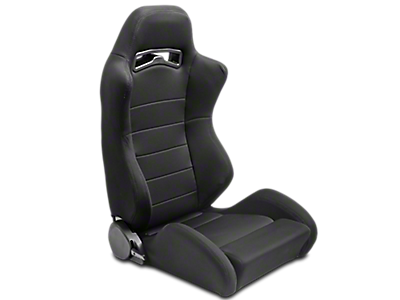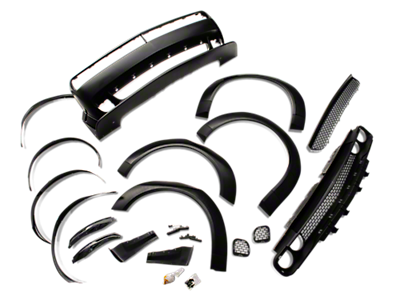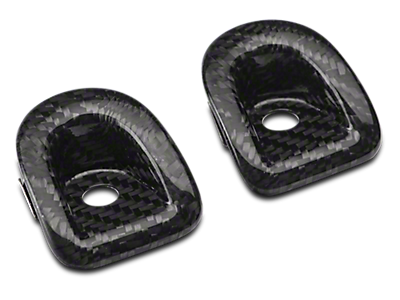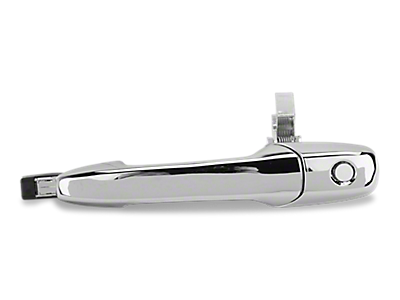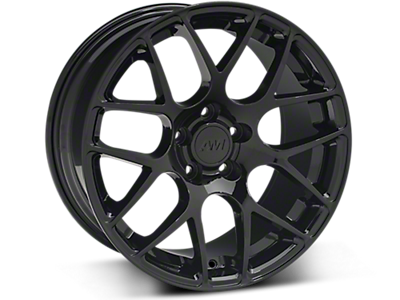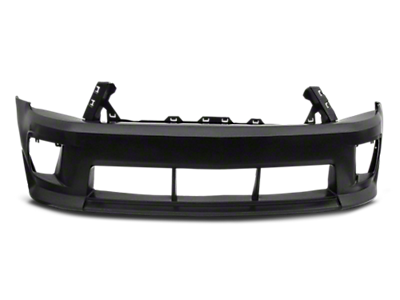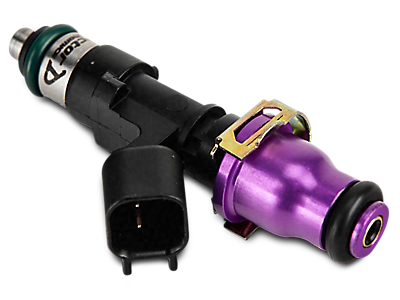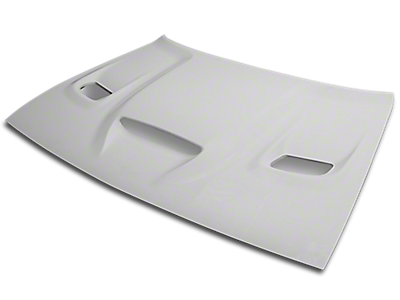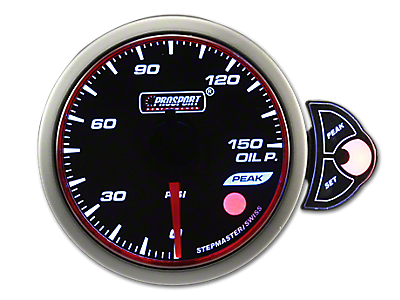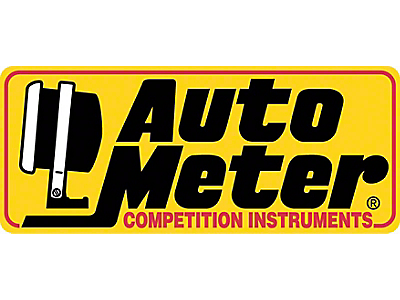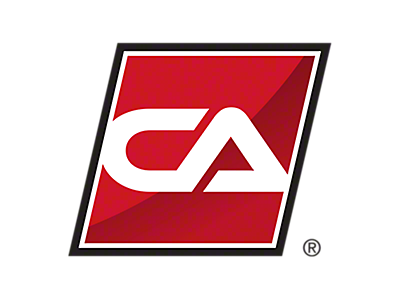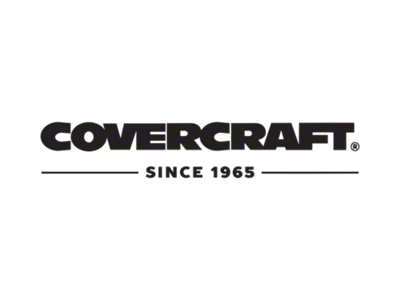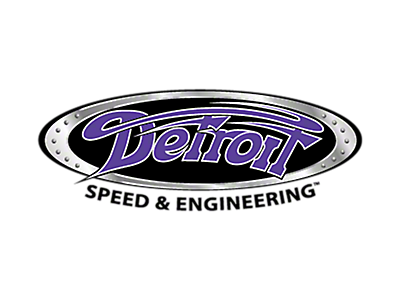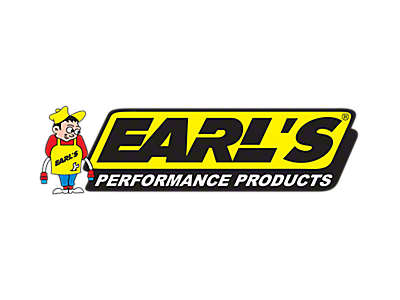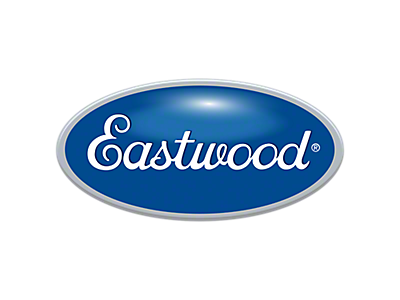'Nova 1962-1967 NOVA HISTORY The Chevy Nova was the top model in the Chevy II lineup through to 1969. In 1962 the Chevy II Nova had a semi-unibody construction, with a bolt-on front section connected to a unitized cabin and rear trunk. It had a 110-inch wheelbase and was considered a basic compact car for Chevy customers. It was described by then Chevrolet GM Ed Cole as “maximum functionalism with thrift.” Available as a 4-door sedan and 2-door coupe, it was also available as a convertible and station wagon. There were five different styles and three series; the 100 Series, 300 Series and Nova 400 Series, with the 400 Series convertible being the most sporty and popular. The 200 Series was quickly introduced and discontinued. Inside for 1962 and 1963 was the Chevrolet inline 4-engine 153 cu and a Chevrolet straight -6 194cu engine. They all had overhead valves, but the V8 engine wasn’t available in either year. For appearance, the ’62-63 convertible body was available and the 2-doro hardtop available for 1962-1965, and it was called the Sport Coupe. The Chevy II Nova Super Sport (SS) was produced in 1963 for the 400 Series Sports Coupe and convertible, featuring new instrument packaging, emblems, wheel covers, side moldings, floor shifter and new bucket seats. This would be the only ear the convertible SS would be offered. The standard SS engine was a 6-cylinder, as the V8 wasn’t available. It wasn’t until 1964 that the V8 was available. This factory V8 options were a 283 cu 4-6-liter with 195 horse power, along with 230 cu 3.8-liter straight six, a third generation engine. 1965 brought an new look for the Chevrolet Chevy II Nova and an extra power boost with a new engine. A wide grille, new integrated headlight bezels both giving the car a great front end look. The parking lights were lowered on the bumper, and both the taillight and the backup lights were given a new look. The 1965 Chevy II was now available in the 100 and the Nova 400. During this year only 9100 Nova Super Sport Sport Coupes were produced. The Super Sport, however, had a new floor-mounted 4-speed manual transmission or Powerglide automatic and a brushed-chrome console. Standard was still the column-mounted 3-speed manual. The interior was given a facelift as well, with new textured vinyl trim, temperature gauge, oil pressure gauge and ammeter. New engine options for the 1965 Chevy II Nova included the 6-cylinder or V8 engines. There was a 4-cylinder, but it was only available for the Chevy II 100. The 327 cu 5.4-liter V8 had up to 300 horsepower, and later that year a 283 with dual exhausts and 220 horsepower was available. Some say that this was the year that the Chevy II entered the muscle car era, as it could now hold its own against the Mustangs and the GTO. While sales suffered in 1965, the new 1966 Chevy II had a new look and a new outlook. A new grille, humped fenders, and a semi-fastback roofline and tapered trunk. The Chevy II 100 and the Chevy II Nova 400 were back. The 1966 Nova Super Sport was available only in a sport coupe and had as a standard engine the 194 cu 3.18-liter inline-6. Other than the 4-cylinder, however, any Chevy II engine could be used on the Super Sport. The Nova Super Sport (or Nova SS) had wider rocker panels and an aluminum deck lid cove, along with bright SS emblems on the grille and rear panel. Strato-bucket front seats gave the 1966 Nova SS extra comfort and style. It’s important to note that the name or word NOVA doesn’t appear anywhere on the body of the Chevrolet Chevy II Nova Super Sport. Emblems on the front and the back simply had Chevy II SS. It wasn’t until 1967 that the Nova SS option package replaced the Chevy II badges on the vehicle with the Nova SS badges. The 1966 Chevy II 100 had the standard 153 cu 2.51-liter 90 horsepower inline-4 engine, but upgrades were available for order, such as the 194 cu 3.18-lieter inline-6, the 230 cu 3.8-liter with 195 horsepower, the 283 cu 4.64-liter V8 with 220 horsepower, the 327 cu 5.36-liter V8 with 275 horsepower. The best, however, was the new 327 cu Turbo-Fire 5.36-liter with 350 horsepower. In 1967 other than a new crosshatch pattern filling the deck lid trim panel, not a lot changed for the Nova design. The 1967 Chevy Nova SS had a new grille and new SS wheel covers, which actually came from the 1965 Impala SS. The Nova SS coupes came with a console-mounted shift lever and Powerglide automatic transmission or an optional 4-speed manual. Along with the standard 194 cu 3.18-liter inline-6 engine was a new 250 cu 4.1-liter inline-6. Finally, the new Nova SS badges finally replaced the Chevy II SS badges. 1968-1974 NOVA HISTORY 1968 was the last year for the Chevy II name The Nova SS, now a performance package instead of a trim option, was boosted up from the 350 V8 with 295 horsepower to a roaring 396 with 375 horsepower, heavy-duty suspension and optional front disc brakes. During 1969 only 1000 Novas had the Big Block engine out of the more than 17,000 Nova SSs produced. From 1968 to 1970 a 153 cu 2.51-liter 4-cylinder engine was available but eventually was discontinued due to lack of sales. Instead Chevrolet Nova owners opted for the 250 cu 4.1-lieter 6-cylinder and the new base 307 cu 5.03-liter V8. Later in 1969 a semi-automatic transmission, the Torque-Drive (RPO MB1) offered a clutchless motoring low-cost option for the 4-cylinder and 6-cylinder engines. In 1969 the Chevy II prefix was dropped and we were introduced to the Chevrolet Nova. A longer wheelbase and new engines moved the Nova from that original functional car to a true muscle car still a favorite among collectors and classic car fans. 1969 was the year locking steering columns were installed in the Chevy Nova. The 350cu 5.7-liter V8 with 4-barrel carburetor in the SS option was now kicking out 300 horsepower. A new option for Chevy Novas was a 2-barrel carbureted 350 cu 5.7-liter V8 with 255 horsepower. Chevy Novas with 6-cylinder and V8 engines could also opt for the Turbo-Hydramatic 350 3-speed automatic. There were not a lot of changes for the 1970 Chevy Nova other than wider side marker and taillight lenses. In fact, other than these changes it is really hard to tell the 1969 and the 1970 apart. Engines from the previous year were simply carried over. During this year we saw the name Chevrolet Nova in reference to the car. It took time to slowly change the branding from the Chevy II Nova in 1968 to the Chevrolet Chevy Nova in 1969 to the 1970 Chevrolet Nova. The Nova, once again, didn’t go through any remarkable design changes for 1971. Inside the SS, a new 350 cu 5.7-liter replaced the 396 cu 6.49-liter engine. The Rally Nova trim level was introduced, offering black or white stripes, Rally Nova decal on the driver’s side of the hood, Rally wheels, multi-leaf rear springs and a new colored driver’s side mirror with interior adjustment. All Novas had the standard 250 cu 4.1-liter 6-cylinder engine, and featured lower compression ratios. Only 7,015 Super Sport Novas were made in 1971. The 1972 Nova had a few new trim changes but was still popular. More Nova SSs were produced in 1972 than in 1971. It came with the L48 small-block and a single 4-barrel carburetor with a total of 200 horsepower. A Skyroof, known as the Ventura II Folding Sunroof, which was a sliding fabric sunroof of sorts was available in 1972. A new hatchback was introduced in 1973, along with a new front and rear redesign. Bumpers at the time were mandated to be capable of absorbing a 2.5mph impact, so the Nova received a new grille design and the parking lights were now located inboard with the headlights. The new Nova Custom was the best available and the SS option was downgraded to a package that included Rally wheels and a blackout grille. Affordable at only around $123.00US, more than 35,542 packages were installed. Also new for 1973 were the elimination of vent windows and the introduction of a new modified rear window design, side guard door beams and more sound insulation. Other options included fold-down rear seats, sunroof, and air conditioning. The 1974 Chevrolet Nova now had bigger parking lights, black painted window frames and sport mirrors, bow-tie grille emblems, new bumpers and a weight-sensitive relay in the front seat that prevented the car from starting without the seatbelt being done up, as mandated by the NHTSA. Eventually this mandate would be repealed. The Powerglide in the vehicle was now replaced by a 3-speed Turbo-Hydramatic 350. 1974 was a great sales year, with around 400,000 Novas produced that year. 1975-1979 NOVA HISTORY The Luxury Nova (aka the Nova LN) was introduced in 1975 1975 was a year of changes and the 1975 Chevrolet Nova went through some serious design changes for this year. While the wheelbase was still 111-inches, the front tread was extended by over an inch and the front stabilizer bar was larger. Standard for this year in all Novas were steel-belted radials and front disc brakes. Inside cut-pile carpeting gave the interior a more luxurious appeal and larger graphics on the speedometers, a larger windshield, and front-door armrests with integral pull bars made this ride more comfortable than ever. The base model of 1975 Chevrolet Nova had a 250 4.1-liter 6-cylinder engine with 105 horsepower. A 262 cu 4.29-liter V8 was also offered in 1975 only. The Luxury Nova (aka the Nova LN) was introduced in 1975 to help Nova enter the luxury compact car market. It had plush wide-back reclining front seats, map pockets, smoked instrument lenses, day/night mirror, and extra sound insulation and, for the coupe, swing-out quarter windows. The Nova LN would be rebranded as the Concours in 1976. Three body styles were now available; hatchback coupe, 4-door sedan and coupe. The interior was incredible. Rosewood vinyl on the upper door panels, steering wheel and instrument panel, upright hood ornament, bumper guards, black bumper impact strips, fold-down center arm rest (for the coupe), full wheel covers and new bright trim moldings. The 1976 Chevrolet Nova engines included the inline-6 with 105 horsepower, the 350 cu V8 with 165 horsepower, and the 305 cu V8 with 140 horsepower. The Nova SS option offered 4-spoke steering wheel, Rally wheels, heavy-duty suspension and a diamond-mesh patterned black grille. In 1977, while the body changes were minor, new colors were available. Inside, new gauges and an updated flatter dash panel were installed. The Nova SS was discontinued, though the option code RPO Z26 would be continued on from 1977 to 1979 as the Nova Rally. There were four transmissions and three engines available in 1977, as well as 3-speed and 4-speed manual on the column or floor, or by Turbo Hydra-Matic. The 1977 Councours received a new hood ornament and front grille, and new triple unit tail lights, along with new wheel covers. The Concours would be discontinued in 1978, leaving the Nova Custom to take on some of the Concours exterior affects. The 1978 Chevrolet Nova now had a new gold-colored Chevy bowtie emblem at the hood and inside the upholstery choices were Edinburg woven sport cloth-and-vinyl or all-vinyl. Also new for 1978 was the addition of a comfortable vinyl-covered dual-spoke steering wheel. In 1979 new square headlights and a new grille would be introduced, along with new chrome fender and hood moldings, and new front-bumper filler panels. The Rally package was available, as was the Nova Customs special acoustical package. This year would be the end of the rear-wheel-drive Nova.
Eckler's Catalogs Available Now!
Talk to a Sales Tech
1-610-990-4558
M-F 8:30A-11P ET, Sat-Sun 8:30A-9P ET
